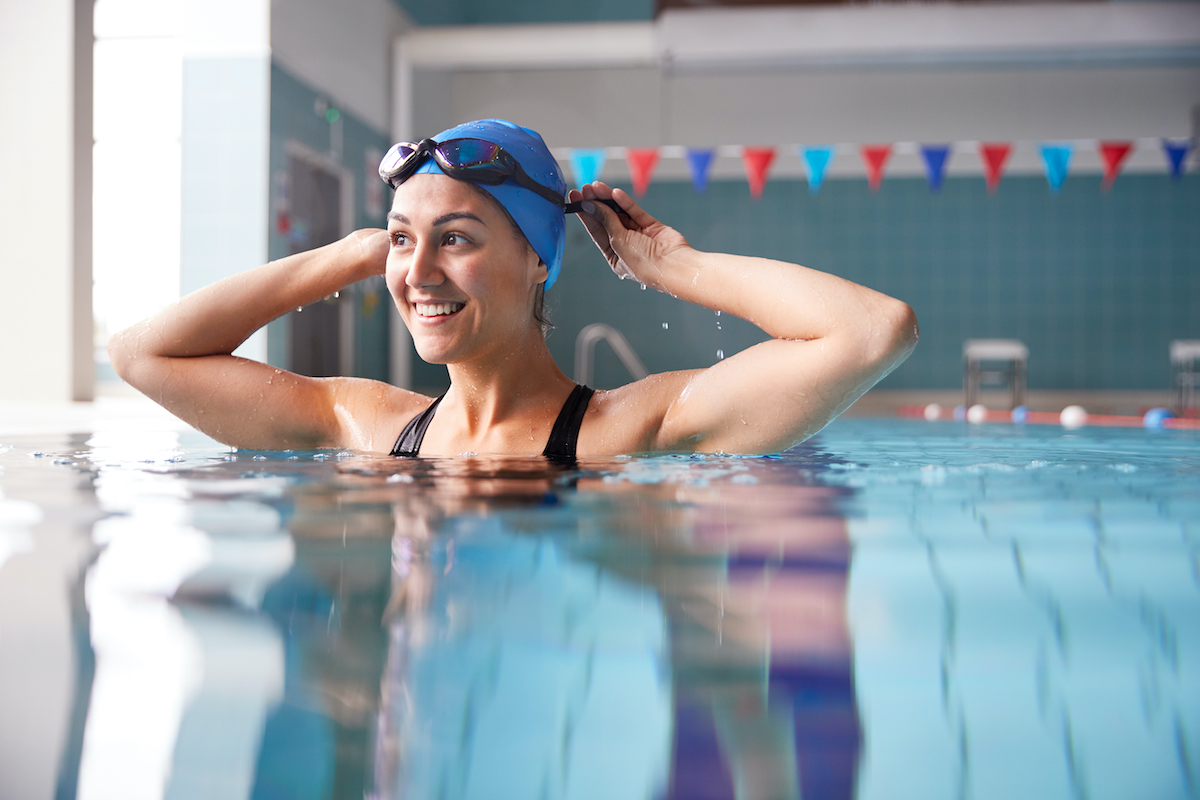
Despite what certain Instagram fitfluencers might have you believe, exercise is for anyone at any size. No matter who you are, regular physical activity is crucial for maintaining physical and mental health, supporting mobility, and reducing your risk of chronic diseases.
Practically anyone can start working out for better health, even if they're novices. But if you're not sure where to start (or feel excluded by traditional gyms and fitness studios), here are some things to keep in mind to help you find the best workout for you.
First off, think about activities that you love doing—and try to find a workout routine that either replicates that or helps you do it more easily. Forcing yourself to run on the treadmill when you hate running is hardly conducive to a regular exercise routine. On the other hand, sticking with an activity you love is more likely to "become consistent and a part of your day that you enjoy," trainer Lisa Herrington previously told ETNT.
Consider trying a low-impact workout, too. People in larger bodies—and those who may suffer from obesity—are at increased risk of joint issues, or may experience more limited mobility. Enter low-impact exercises, aka workouts that are gentler on bones, joints, and muscles. They'll be easier on your body and less likely to cause pain or injury (neither of which support a regular exercise routine, either).
It's also important to note that no matter your body size, you should talk to your doctor before starting a new exercise routine if you have a chronic condition (such as high blood pressure or arthritis). They'll be able to help ensure that your chosen workout is safe and optimized for your health needs, or suggest alternatives that are better.
Ready to get moving—or just want to change up your fitness routine? Check out these awesome exercises that are perfect for getting strong and fit. And for more great exercise advice, see here for the Exercise Tricks for Reducing Stubborn Body Fat, Say Experts.
Walking
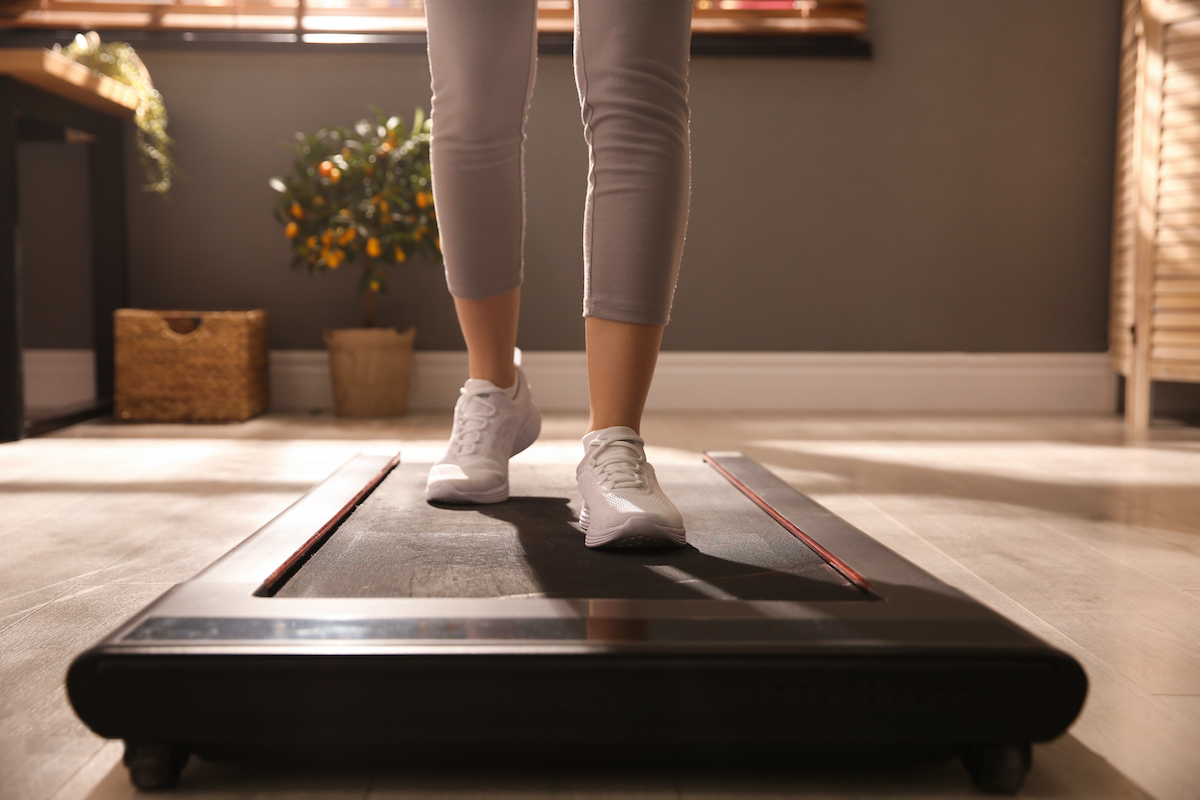
Walking is one of the most accessible forms of exercise for many different kinds of bodies. It comes with loads of health benefits (like supporting cardiovascular health, longevity, and healthy weight management) without requiring a gym membership or any expensive equipment. It can also improve your mobility and range of motion, even if you have joint issues such as arthritis.
You don't even need to pull a Vanessa Carlton and walk a thousand miles to see the perks—just 20 minutes a day can do the trick. And if you're looking to get even more fitness benefits from your walk, check out the Secret Tricks for Walking for Exercise, According to Walking Specialists.
Swimming
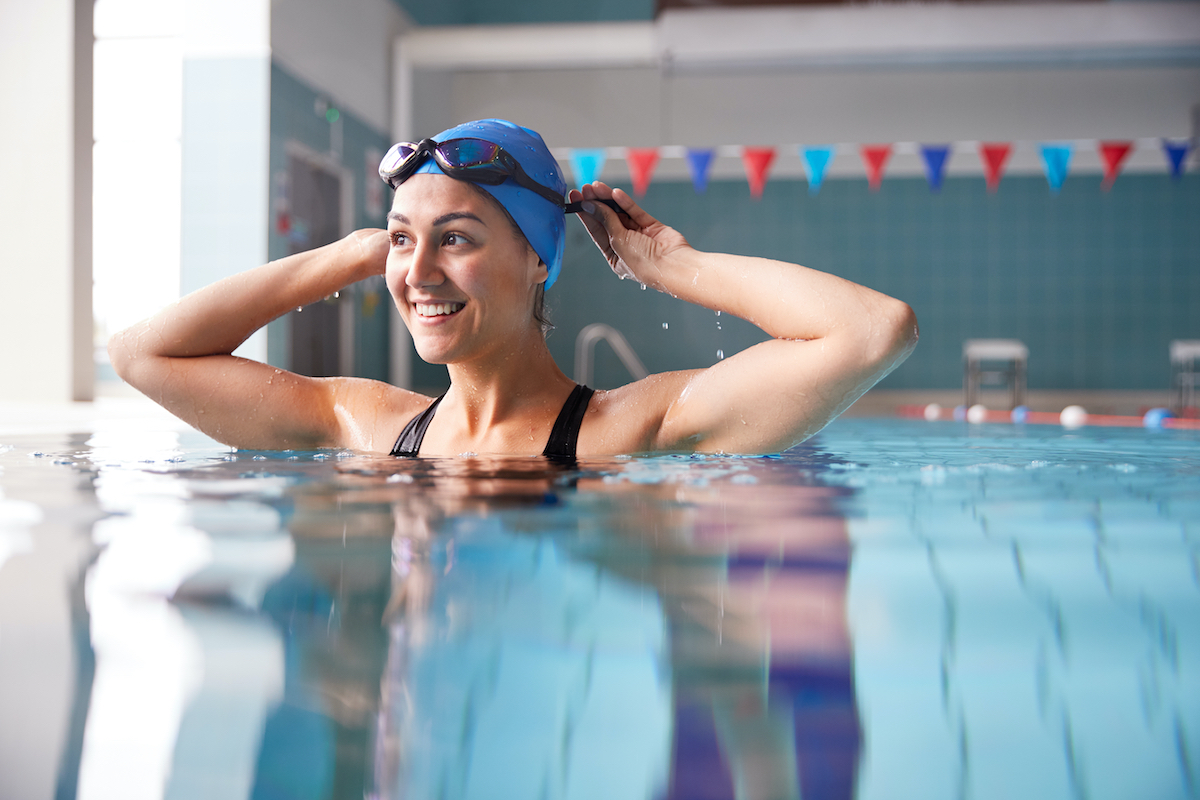
If you have access to a pool or a clean, safe body of water, swimming can be a fantastic exercise. Just the act of moving yourself through the water is a full-body cardio workout. It's also considered a low-impact exercise. "As water naturally holds you up, it can reduce your moving body weight by up to 90 percent," swimming instructor Emily Morrissey told Women's Health UK. "This reduces the stresses and impact on your joints, muscles and bones by the same 90 percent. Which is huge!"
Yoga
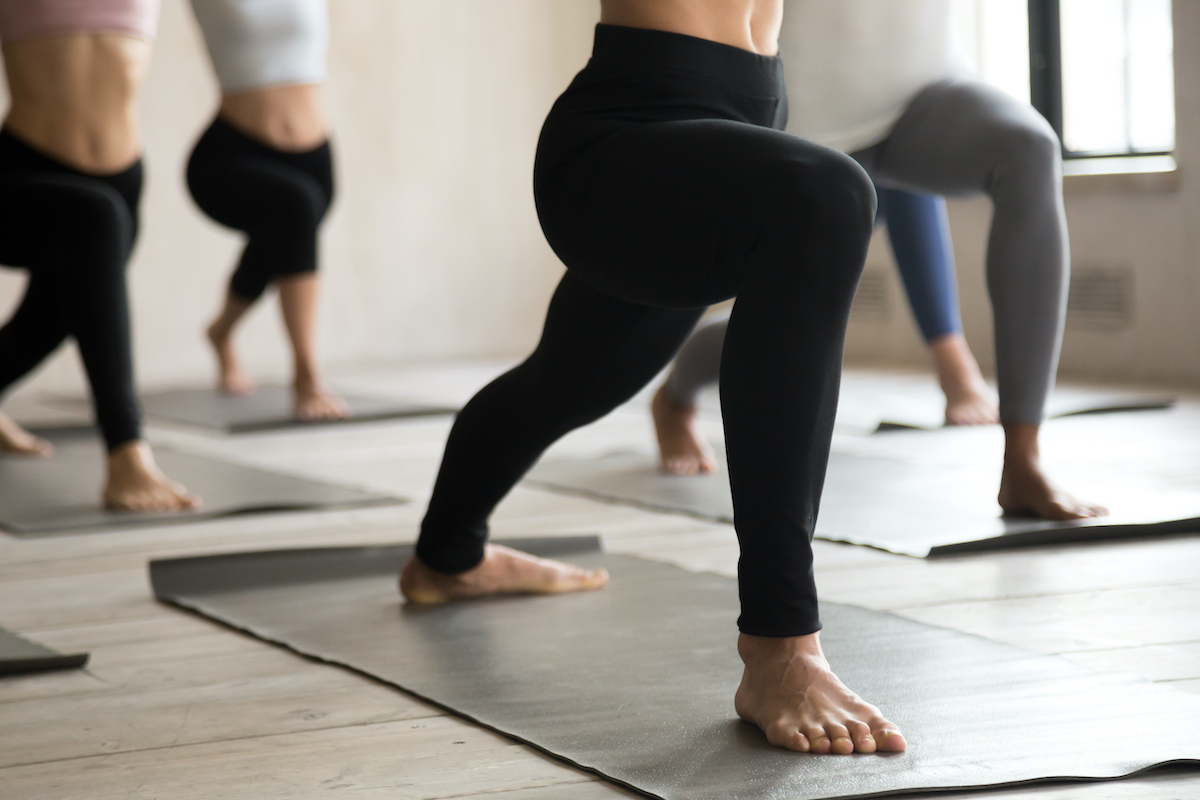
The thousand-plus-year-old practice is backed by tons of research for its ability to improve flexibility and strength, prevent injuries, and more. It's another example of low-impact exercise (making it great if you have joint troubles) and most poses are modifiable to accommodate a variety of abilities and strength levels—making it a great option even if you've never tried yoga before. Plus, the spiritual practice is known to fight stress, which in turn can help improve overall health. Want to get started? Check out a weight-inclusive practitioner like Dianne Bondy of Yoga for Everyone. And for more top-level yoga advice, check out the Essential Yoga Stretches for People Over 40.
Lifting weights
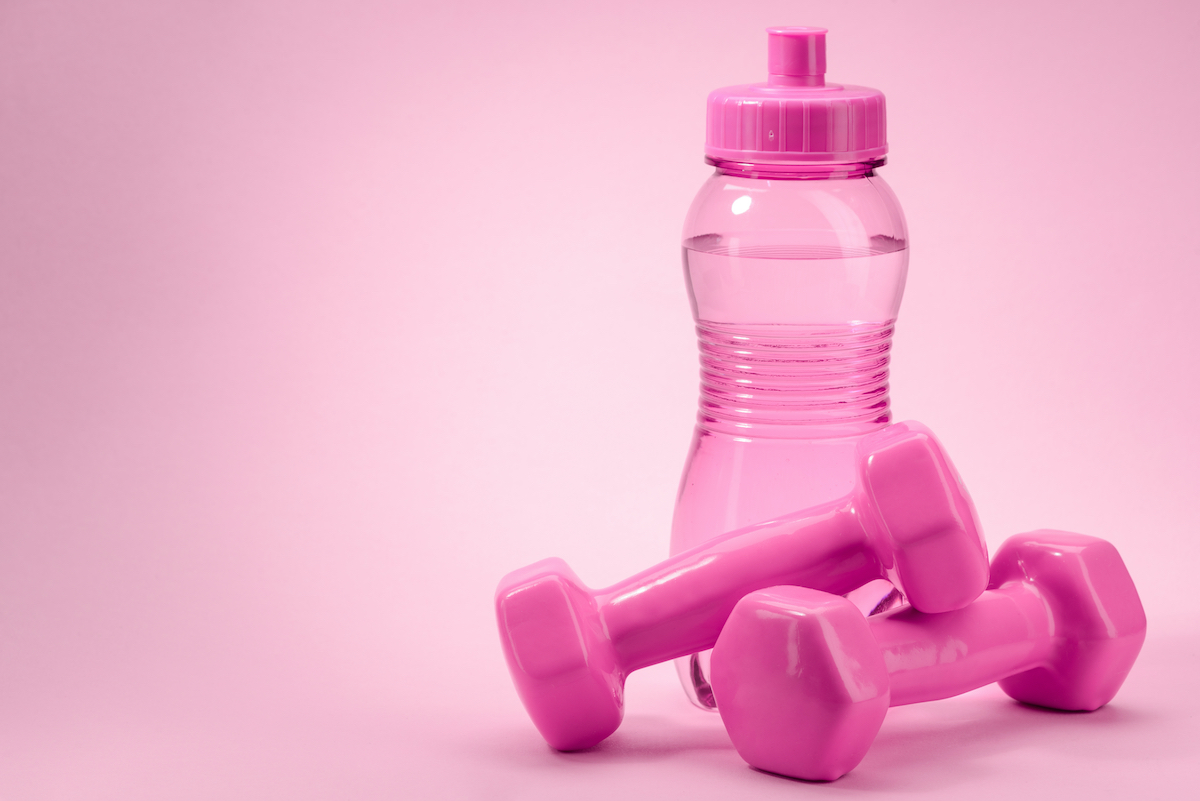
Strength training, especially with weights, is another relatively accessible form of exercise open to people of many body types and physical abilities. It helps build muscle and strengthen bones as well as support you in your everyday activities (such as standing, walking, lifting bags of groceries, etc). If you're a beginner, start with bodyweight exercises or lifting lighter hand weights. (Women can start with two 5- to 10-pound weights, and men can start with two 10- to 20-pound weights, according to Daily Burn.) And for more great fitness advice, check out the Secret Side Effects of Walking Right After a Meal, Says Science.








